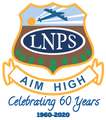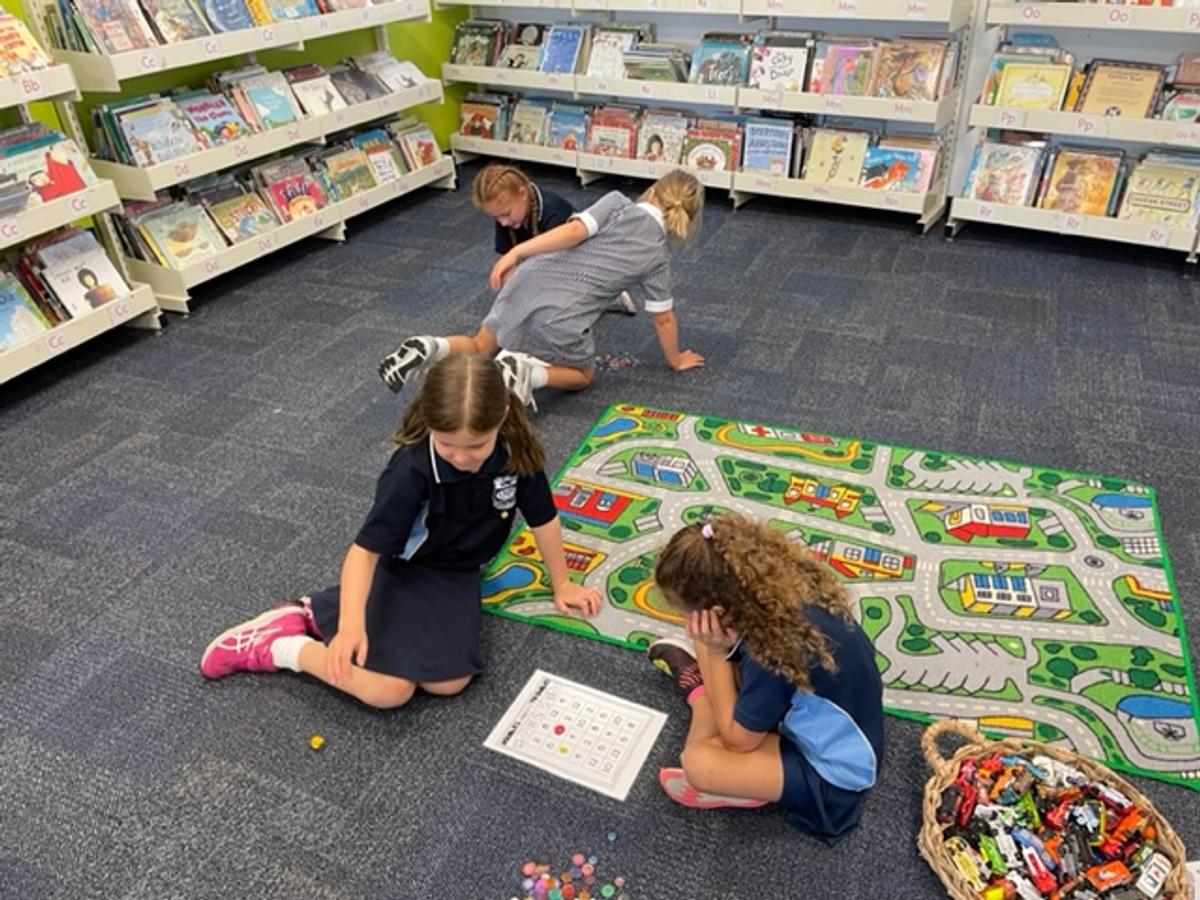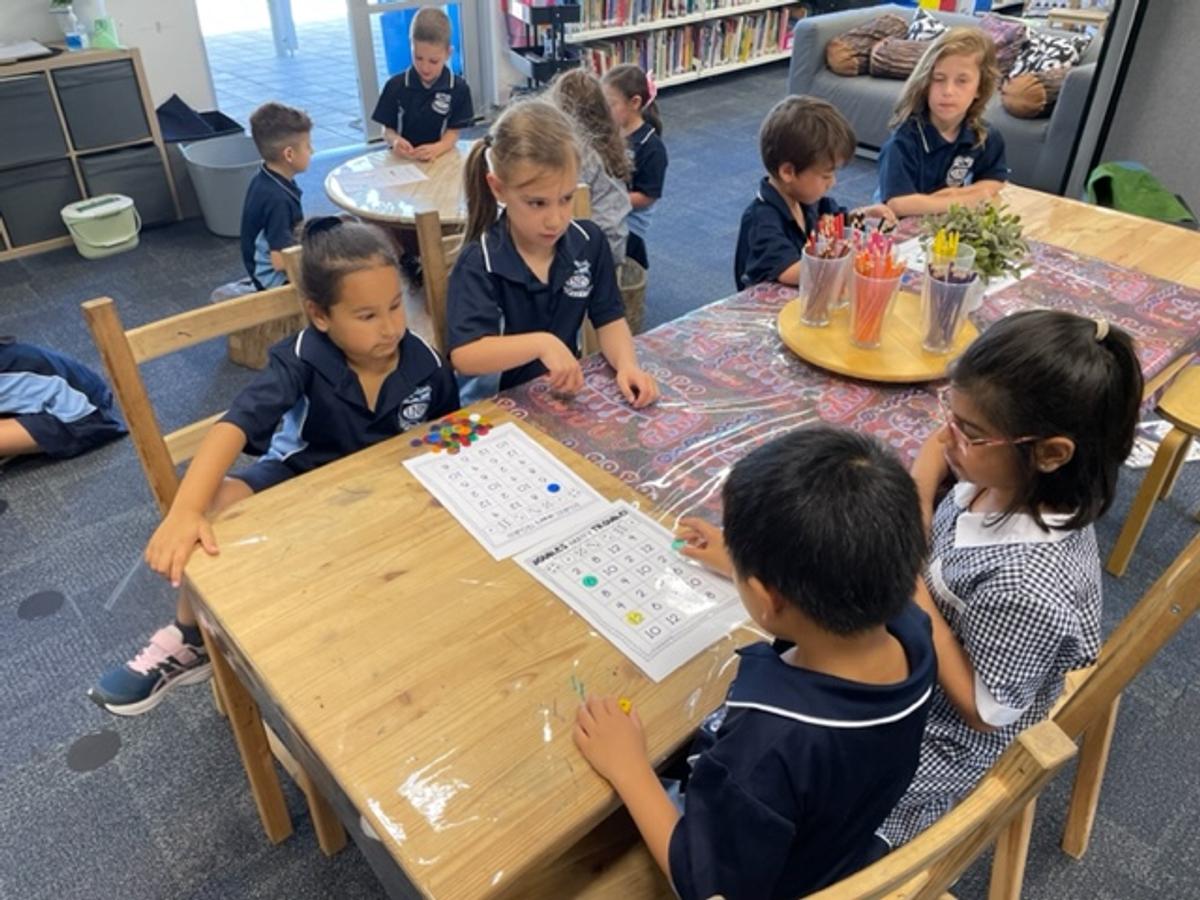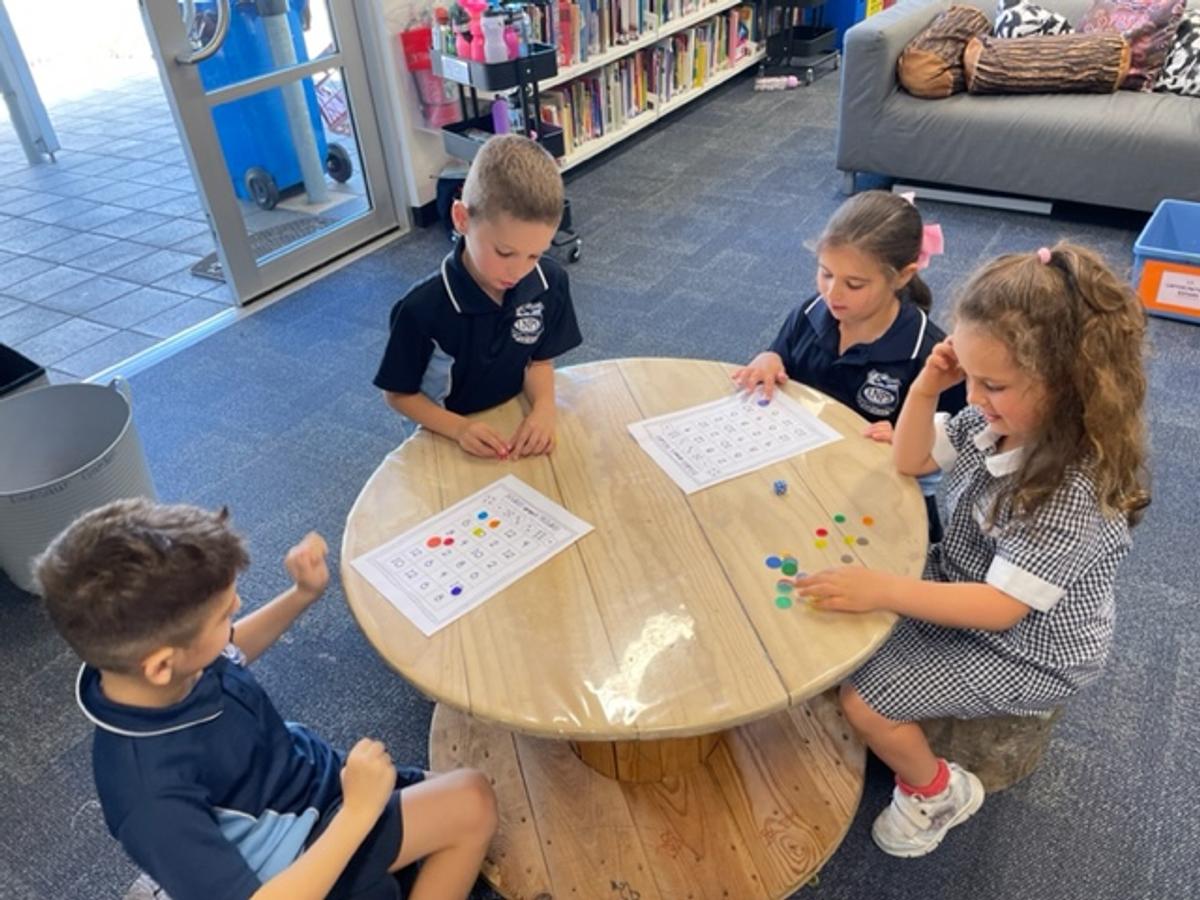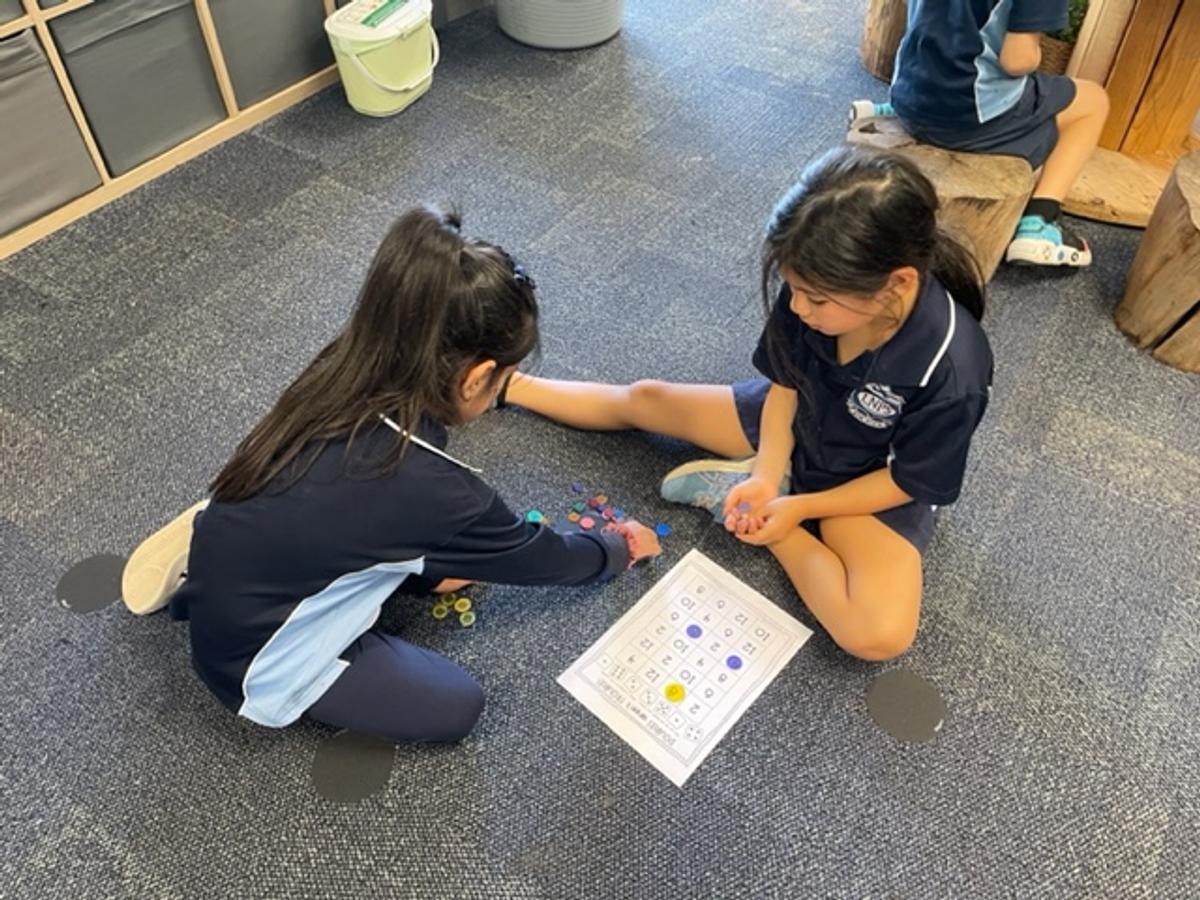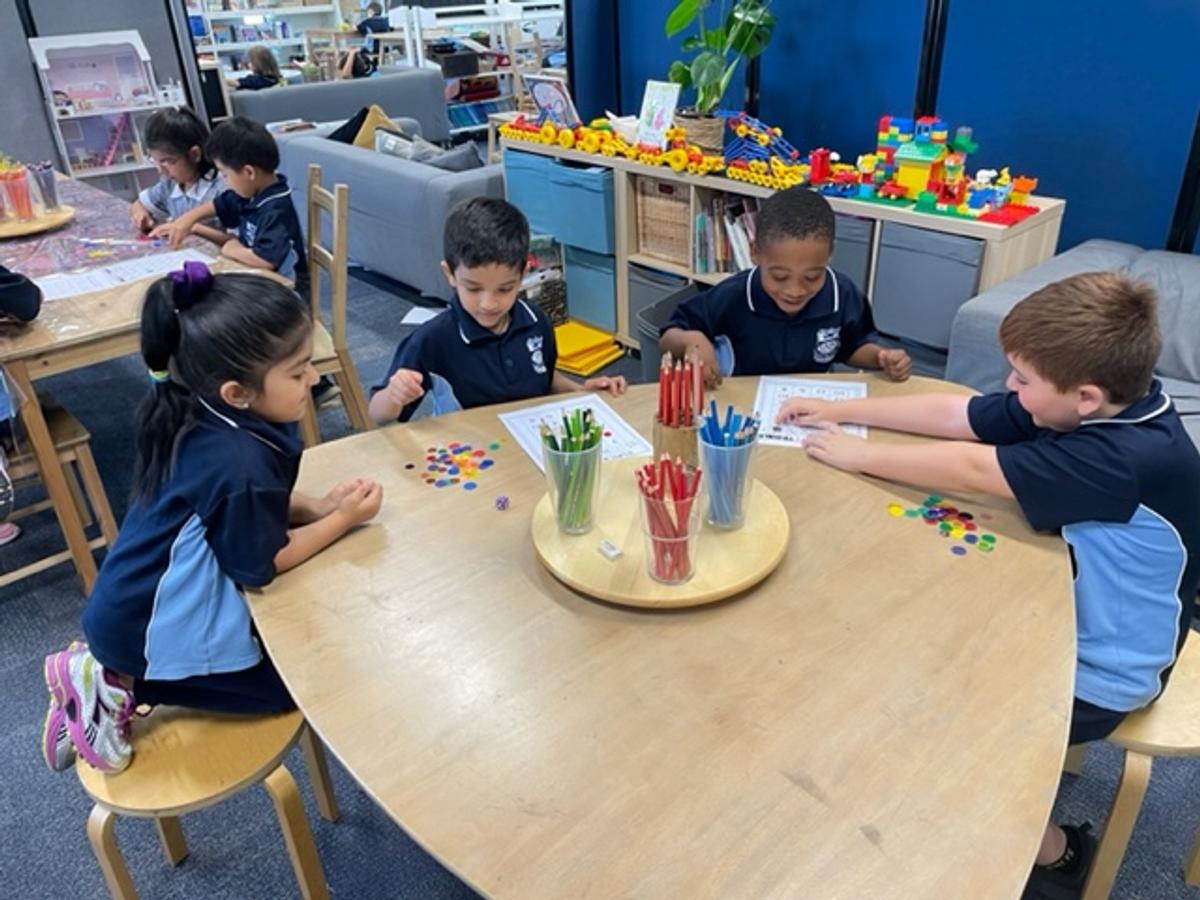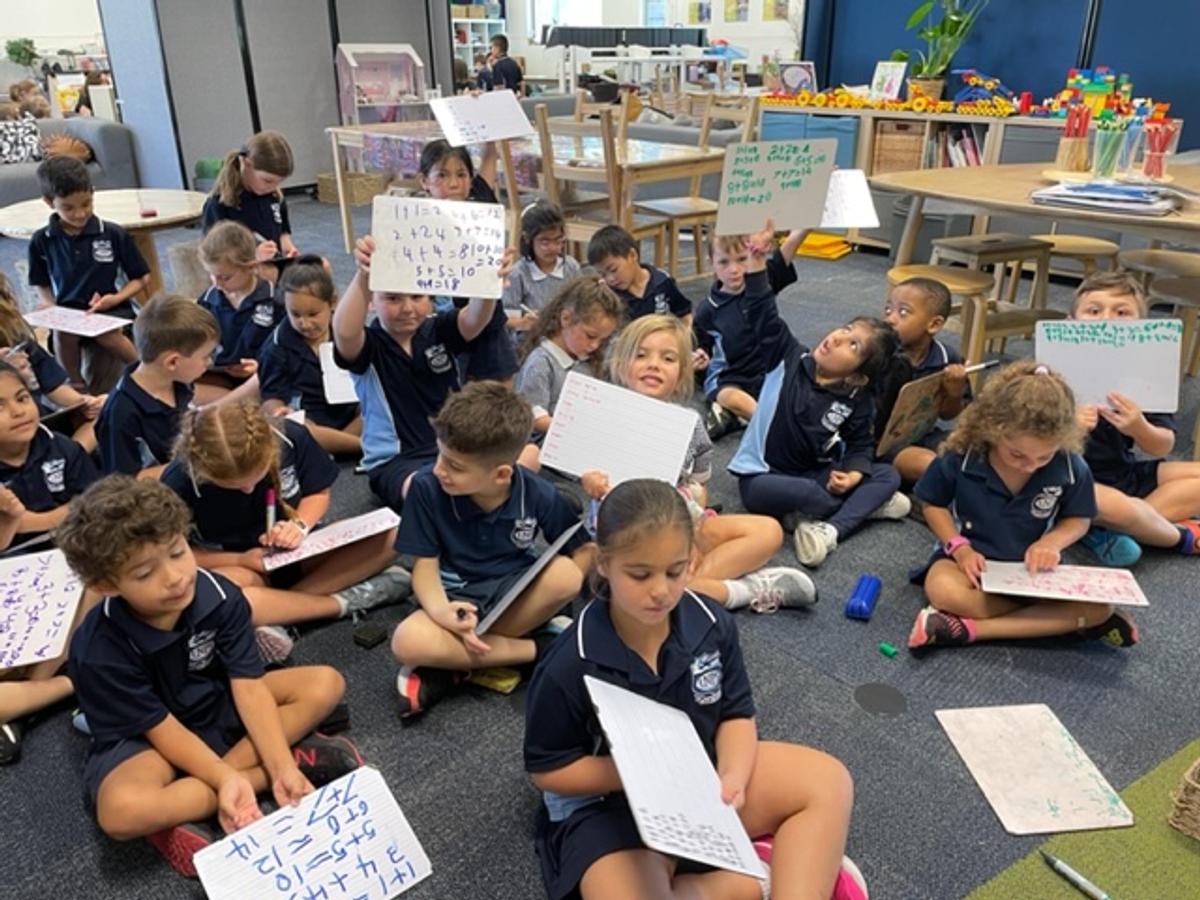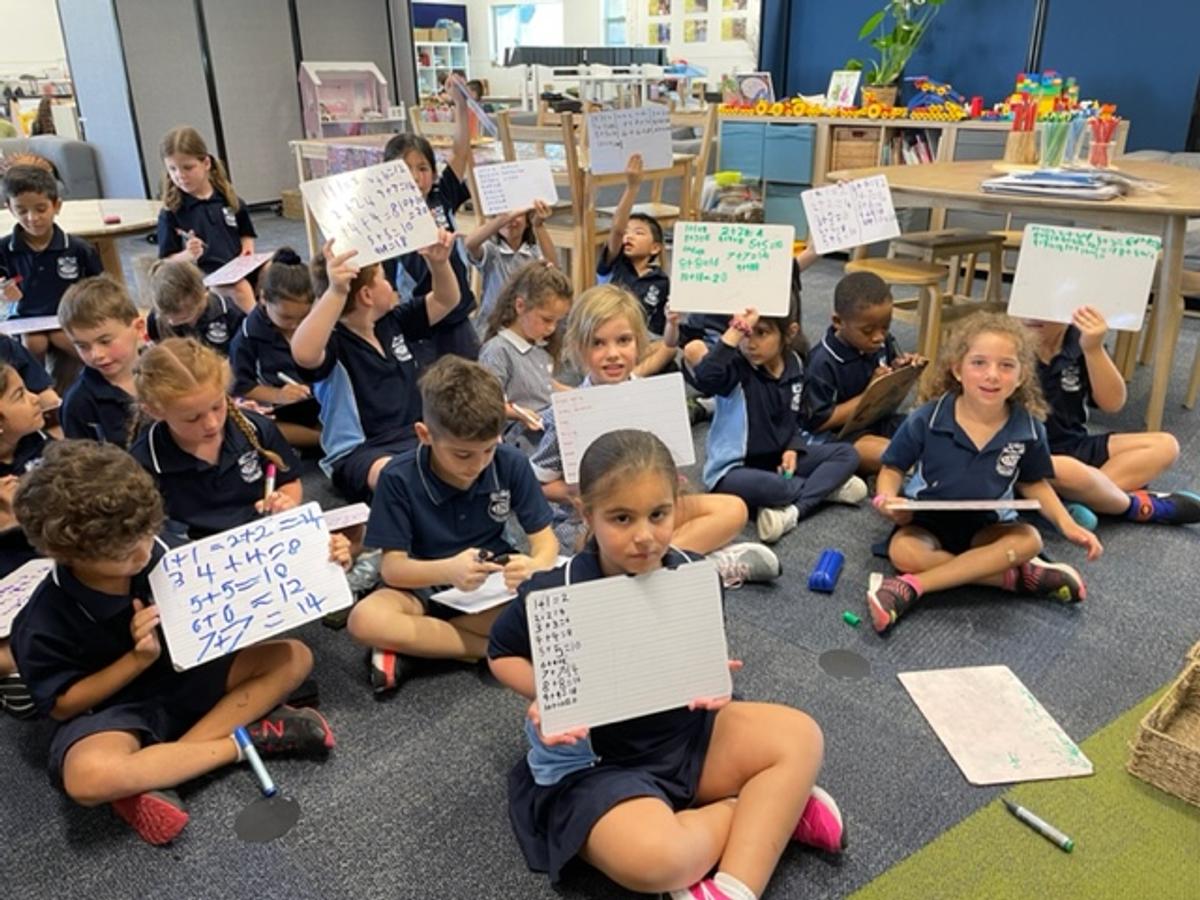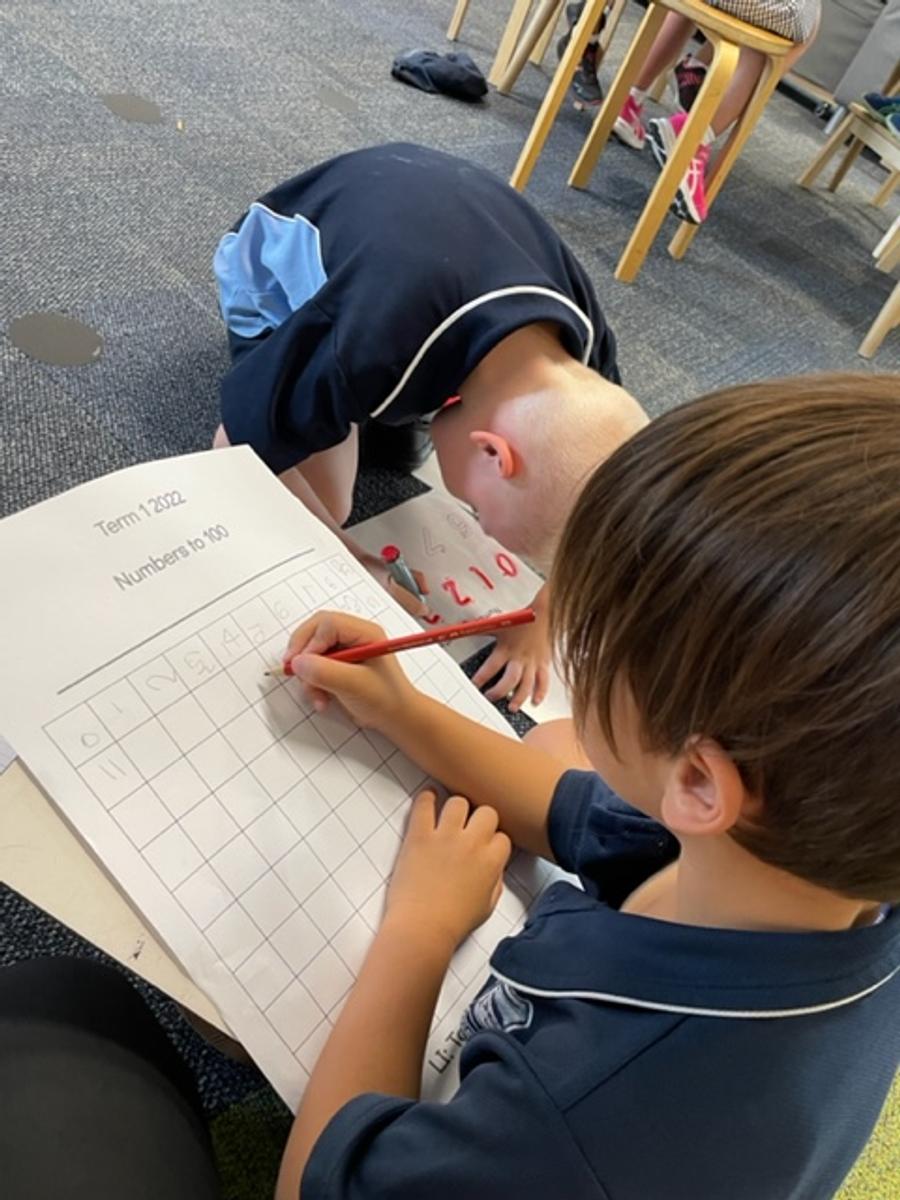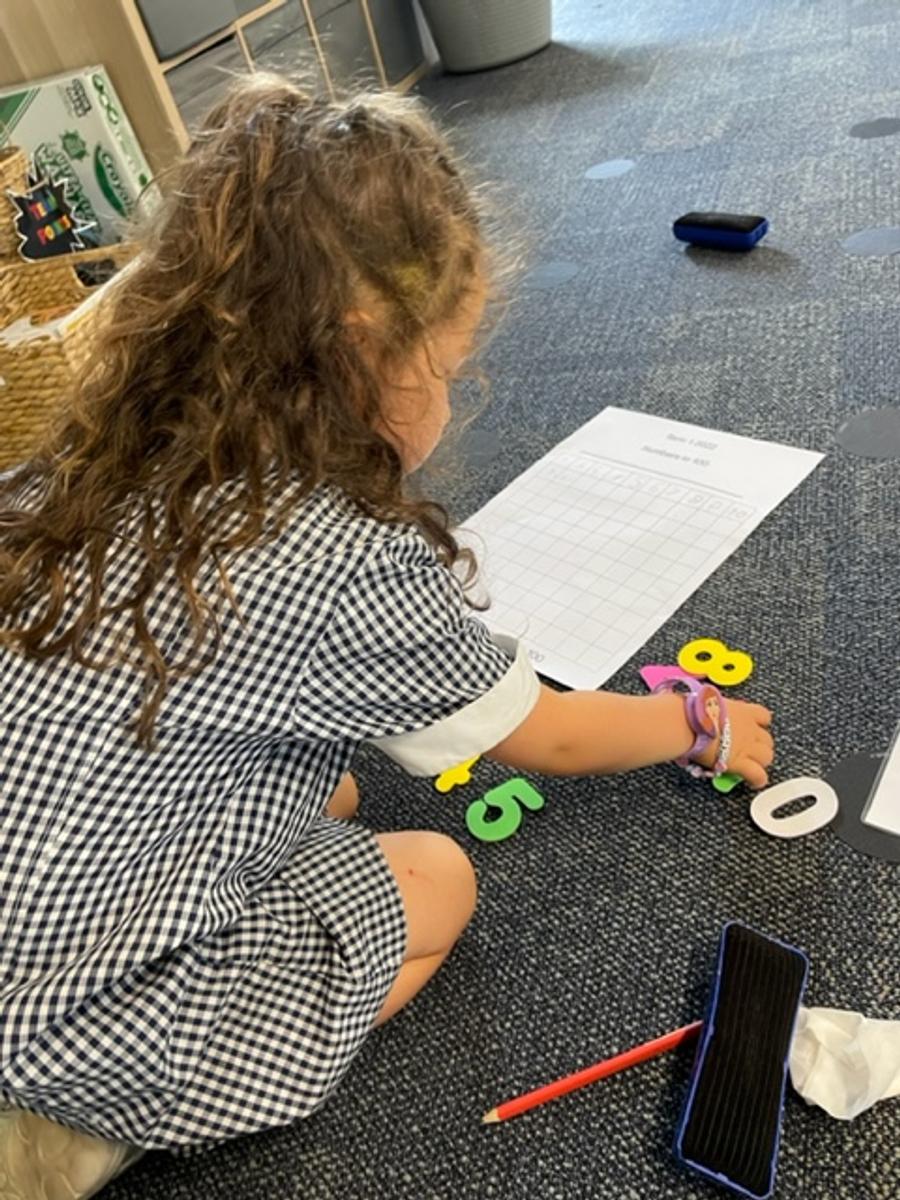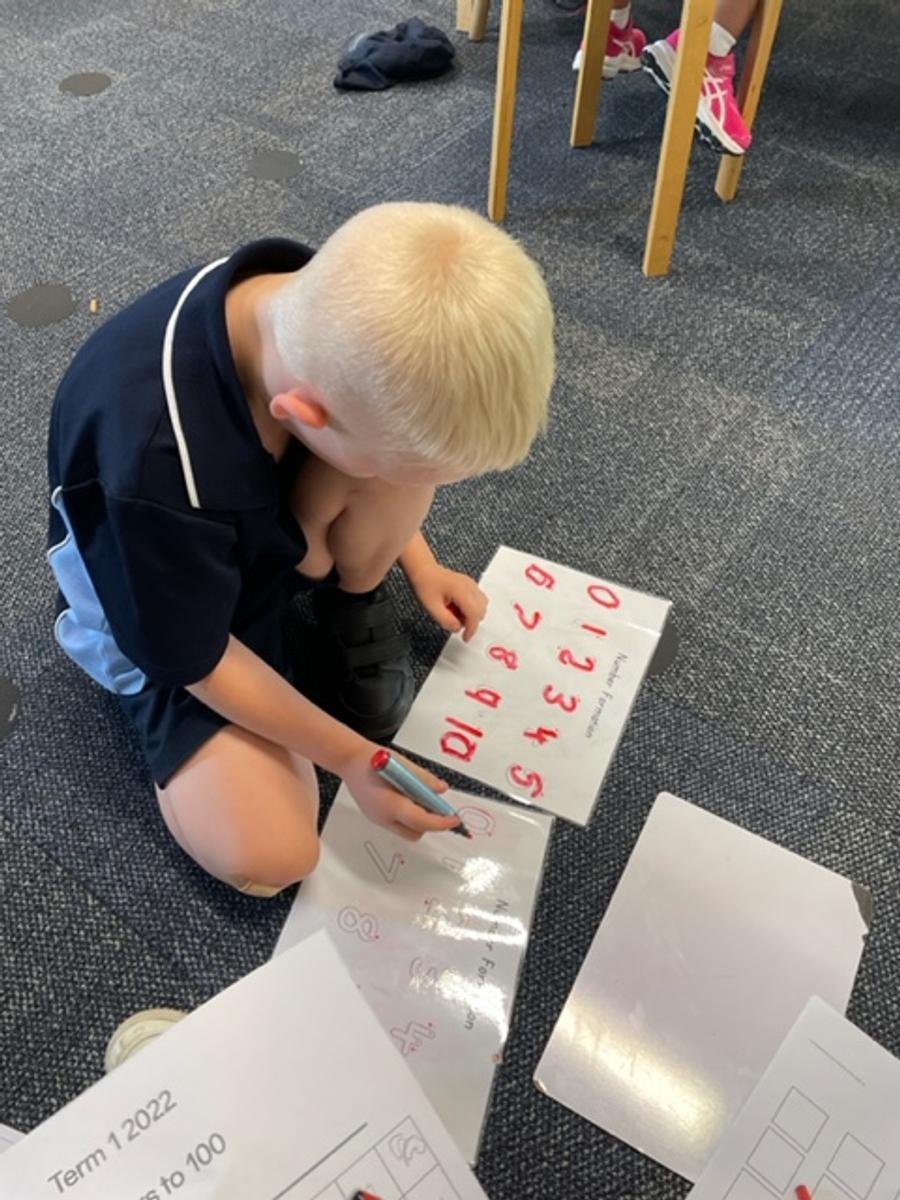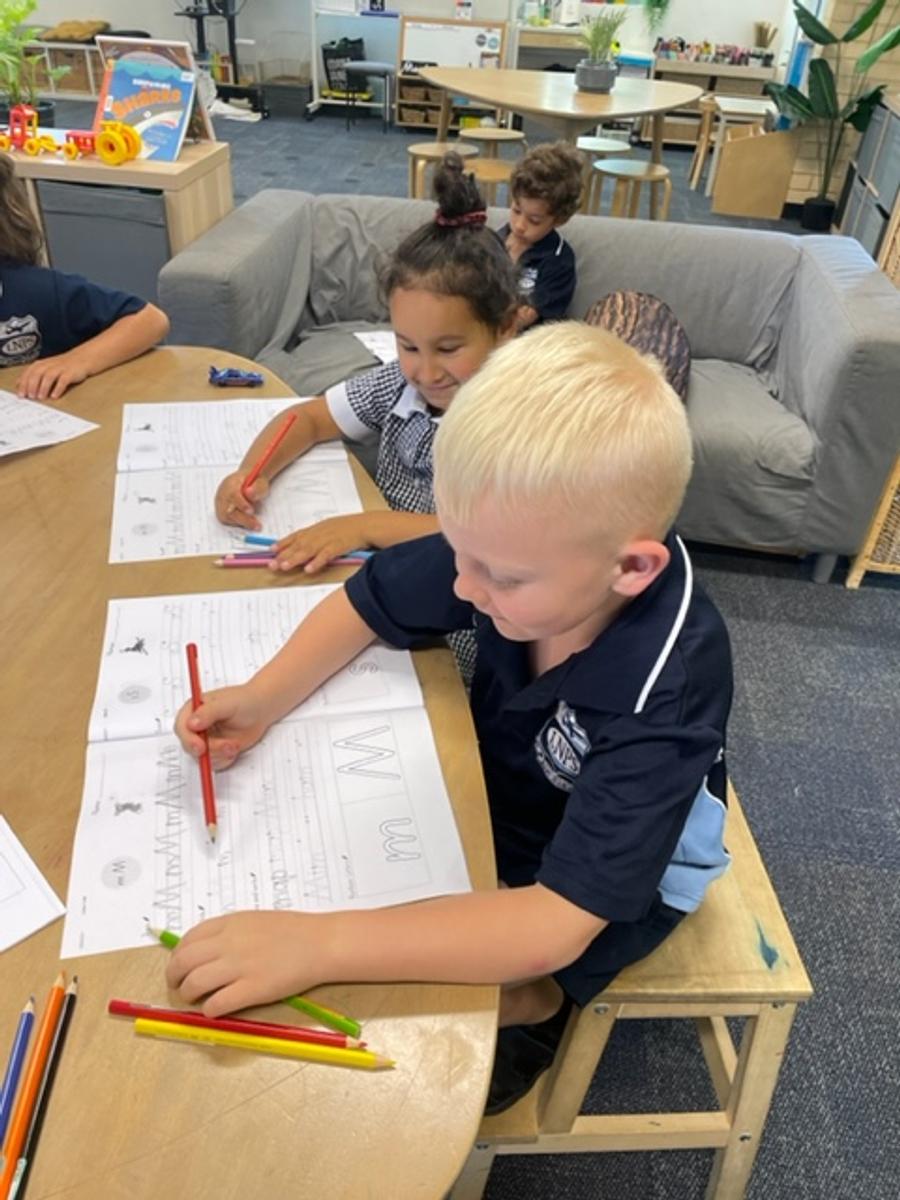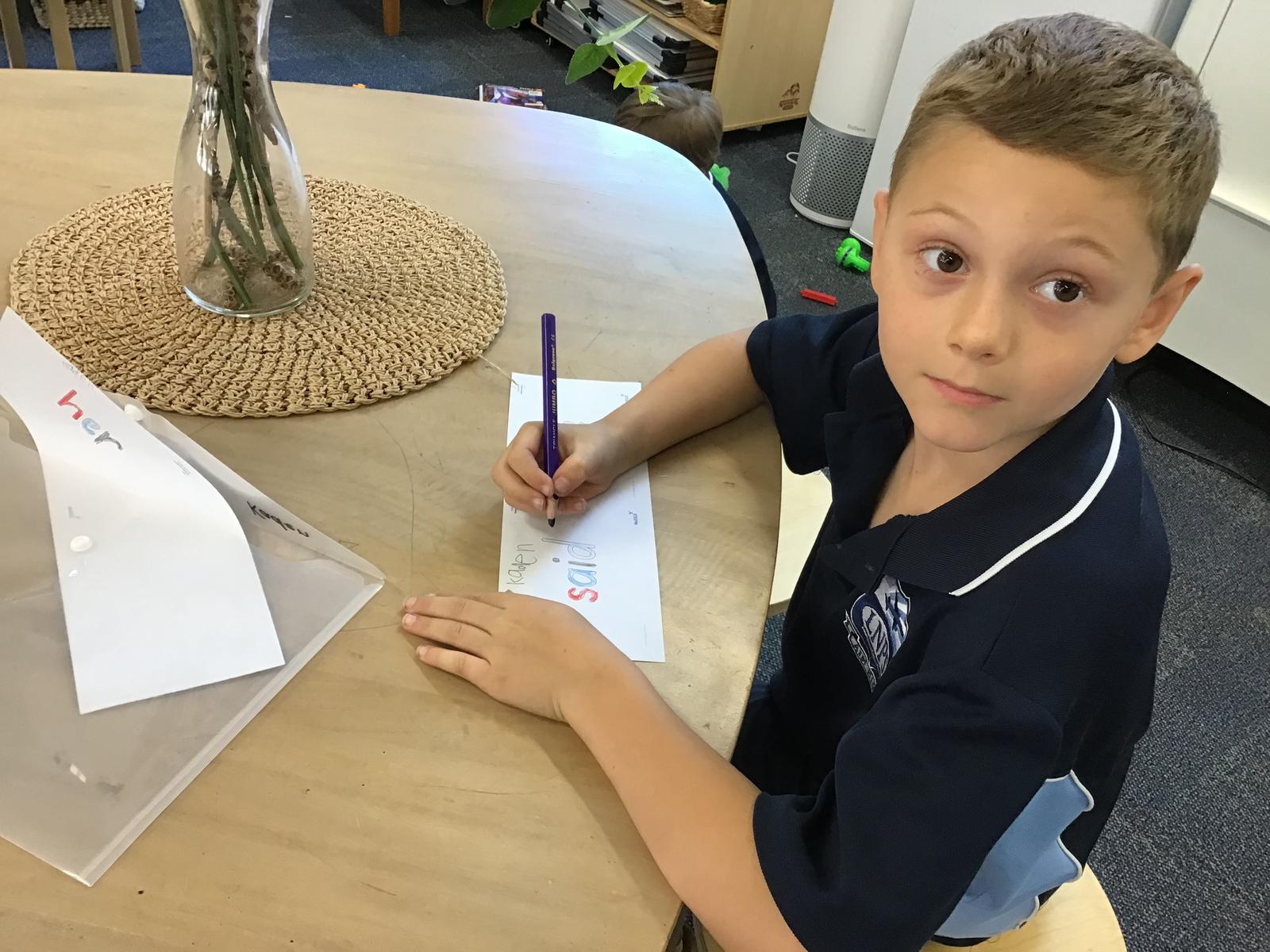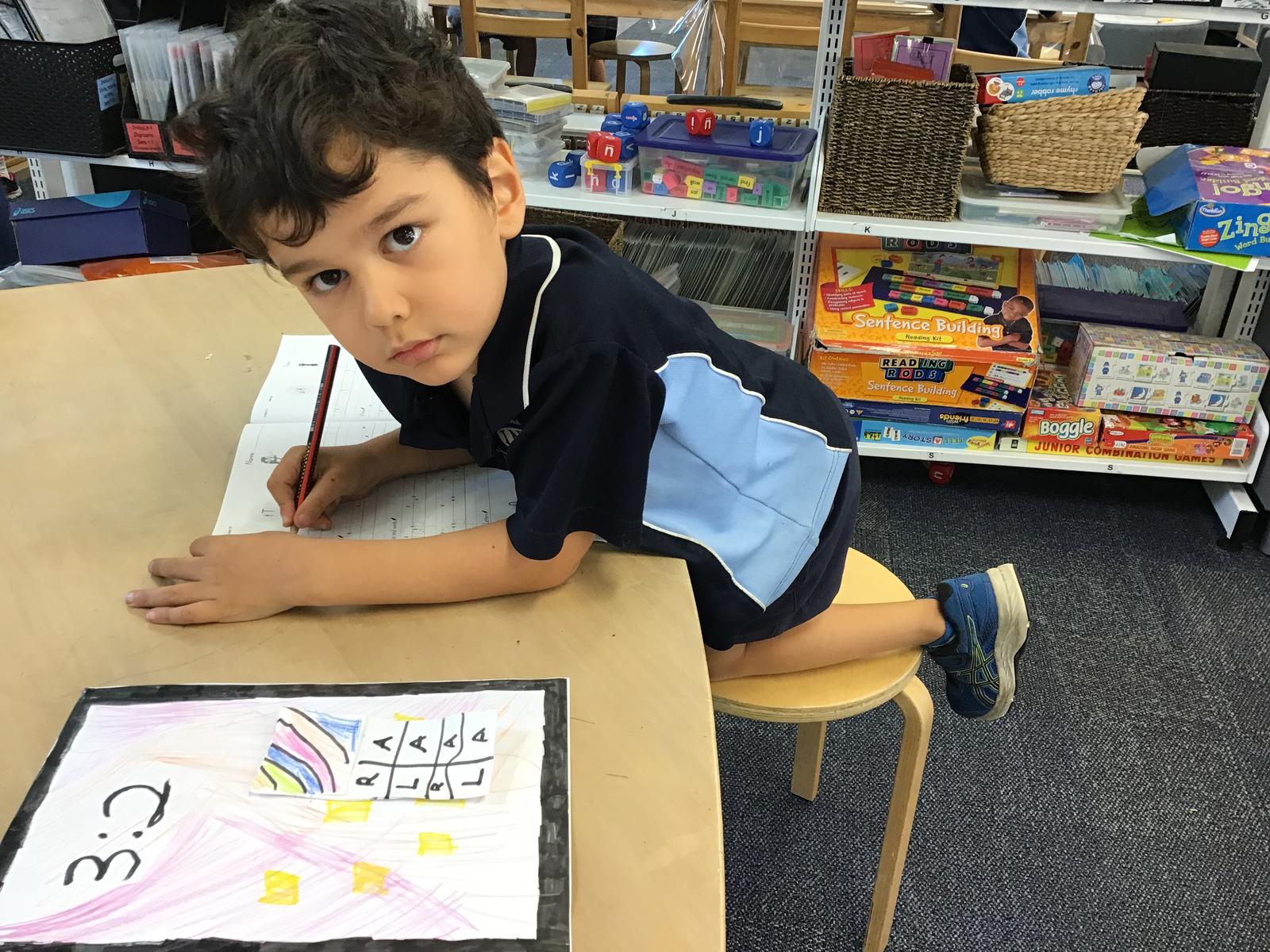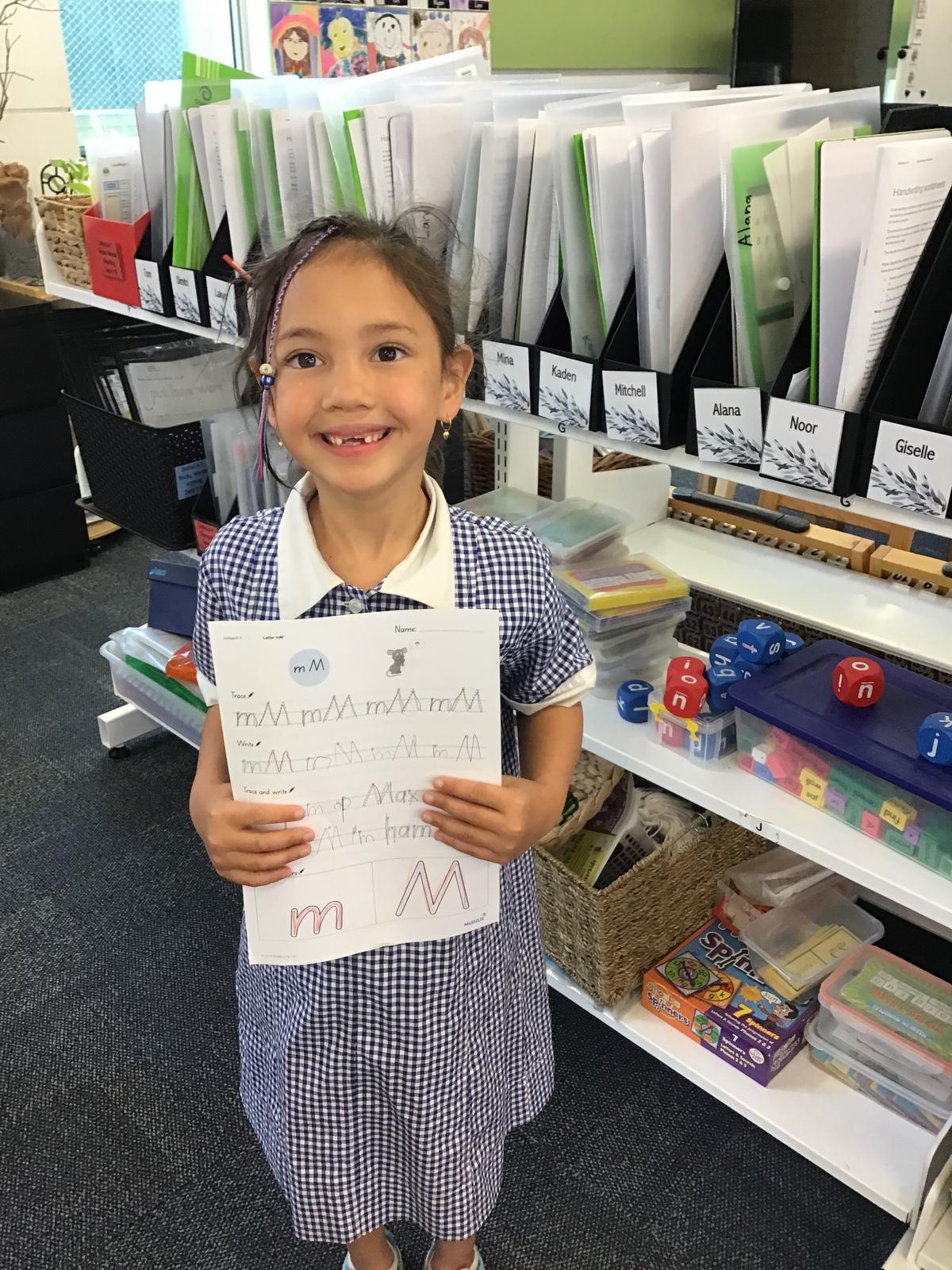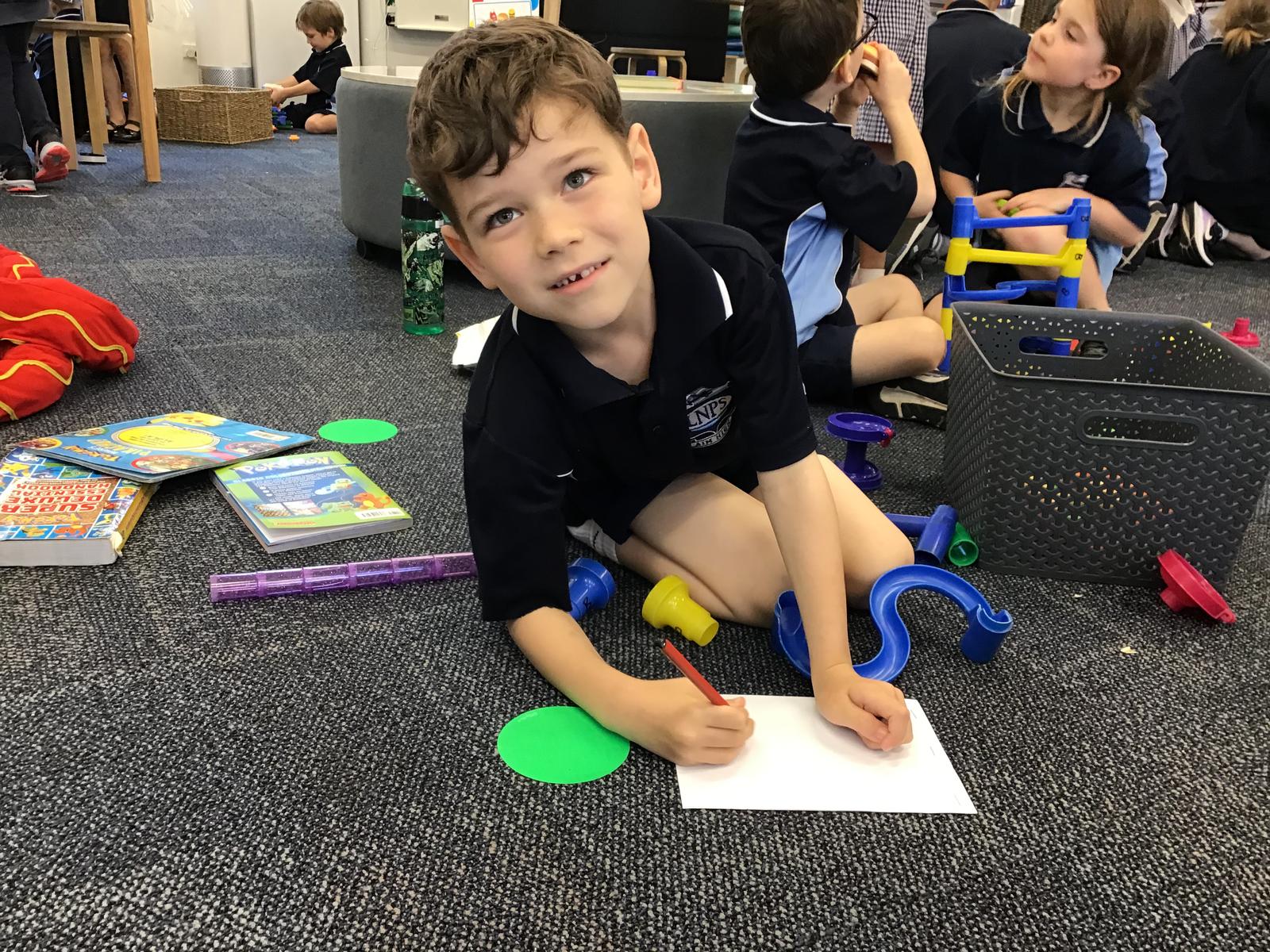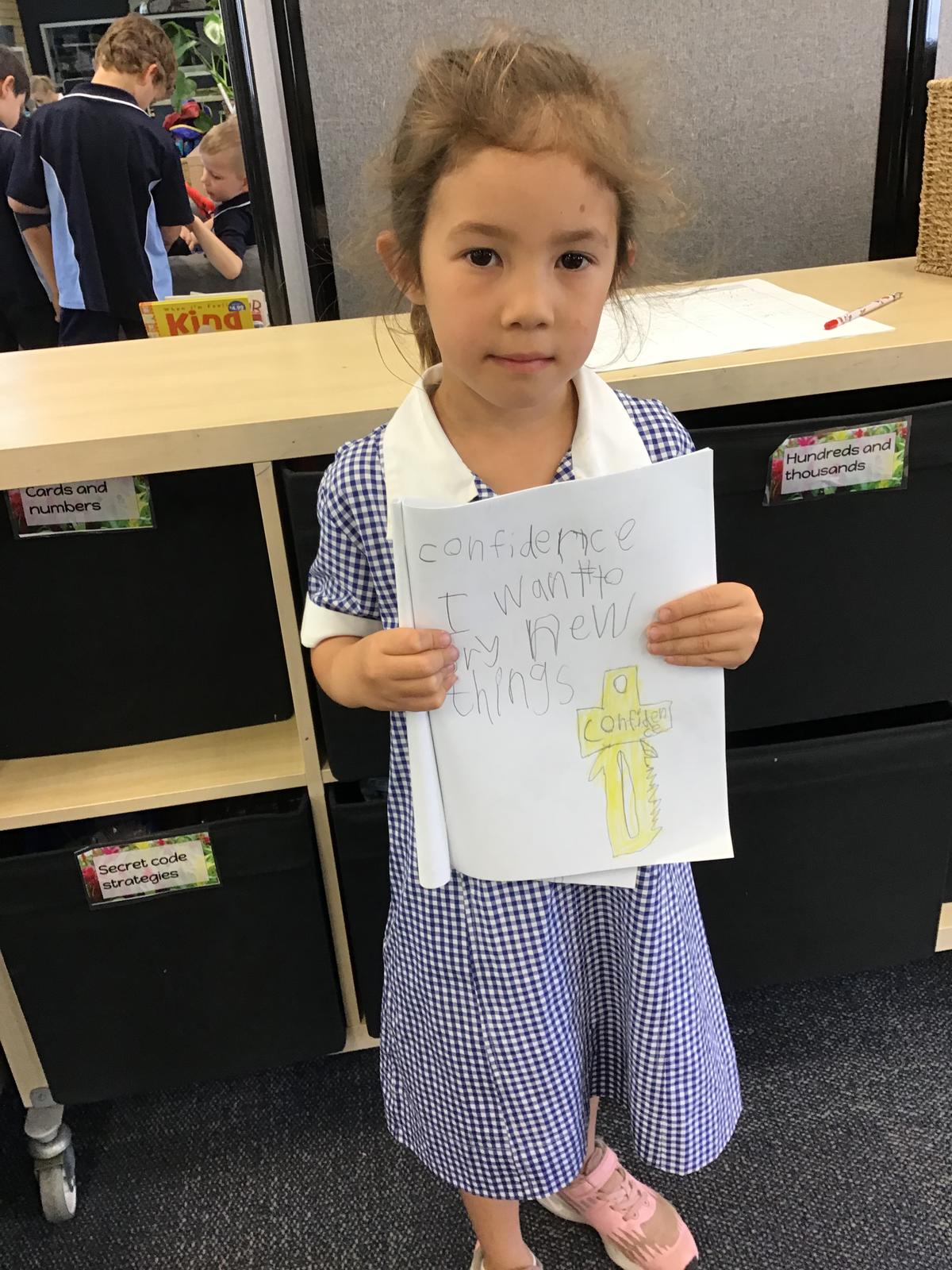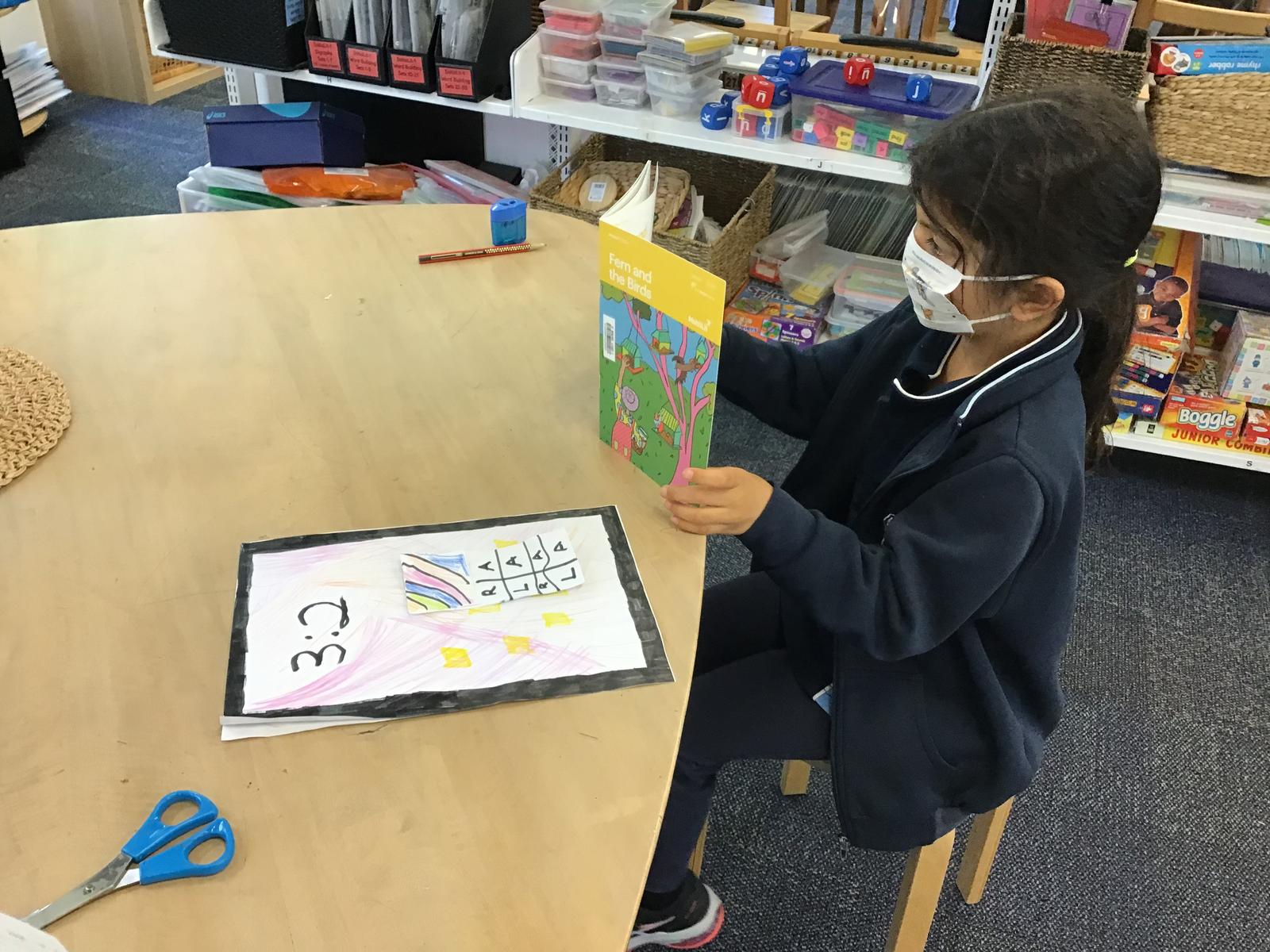ENGLISH AND MATHS
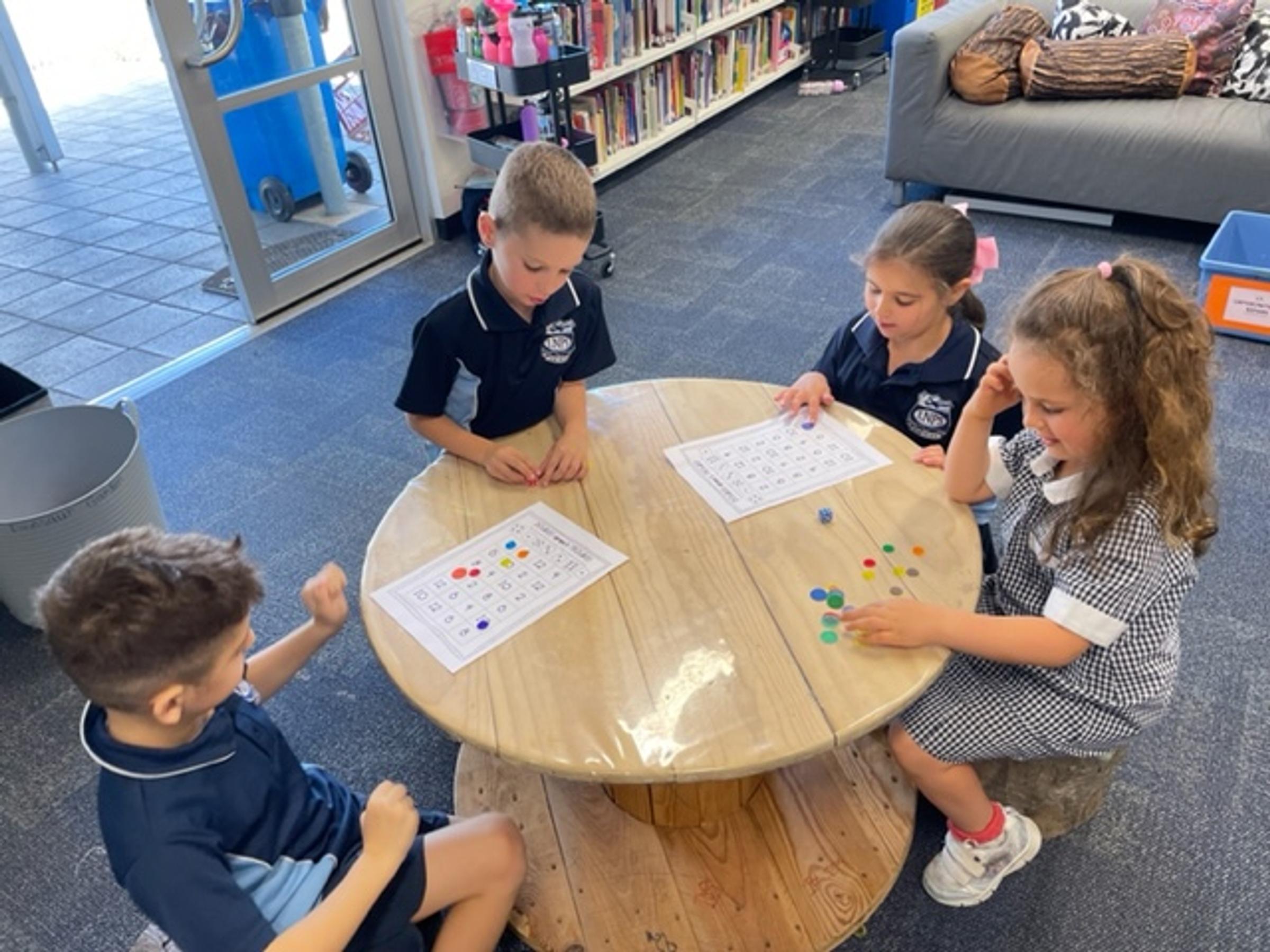
ENGLISH
INITIALIT:
Year 1s and 2s have Literacy lessons every morning. In this time, they are taught the InitiaLit program, as well as genre writing. Year 1s have Literacy lessons with Miss Maddy, Mrs Atkinson, Frau Edwards, Mrs Wegner and Mrs Kroemer; and Year 2s have Literacy lessons with Mrs Jones, Mr Jonathon and Mr Barwa. This means that not all students are with their class teachers for Literacy. As part of the InitiaLit, students learn about the sounds in words and how to spell them, how to read and spell "tricky" (irregular) words, how to write correct sentences, correct letter formation, to read fluently and to use comprehension strategies.
Bulletins will be sent out fortnightly to allow parents to have discussions with their child at home about what they are learning during InitiaLit time. This will include, concepts taught (with definitions) and language used, as well as new tricky words introduced.
GENRE WRITING:
In Term 1, the Year 1s will be learning to write recounts to tell about what they have done. Recounts start with an introduction saying when it happened, who was involved, what happened and where the events happened. They then describe the events that happened in order, using time connectives such as first, next, then and finally. At the end, the author expresses how they felt about the events.
The Year 2s will be learning to write narratives, including an orientation where the characters and setting are introduced, a complication or problem and a solution. Students are taught how to read back through their writing to check it makes sense and make sure they have included capitals and full stops.
BOOK MAKING:
In Book Making, students are able to become authors and write and illustrate their own books about topics that interest them. The books can be factual or fiction and often include genres that have been taught previously.
MATHS
All year, we have a focus on number. It is very important for Year 1s to understand numbers to 100 by the end of the year, and for Year 2s to understand numbers to 1000. This involves not just being able to count out loud, but also understanding how the numbers are constructed out of hundreds, tens and ones, e.g. that 13 is 1 ten and 3 ones. This knowledge helps the students to visualise and work with numbers, allowing them to add, subtract, multiply, divide and solve problems, confidently being able to explain the strategies they have used. Students will also learn to count up and down by many different numbers (especially 2, 5 and 10), starting at different points.
LEARNING INTENTIONS AND SUCCESS CRITERIA
Learning intentions tell what the aim of the lesson is. They are used to make sure the teachers and students stay focussed on the intended learning. They also allow some flexibility as students can come up with their own ideas about ways to achieve the intended goal and how they can present their work to show they that they have been successful within their learning. For example, they could show their learning in an oral presentation, a play, a book, a poster or a slideshow (unless the learning intention is something like to be able to create a poster).
Success criteria tell students what they need to do to be successful. They can check through the success criteria to make sure what they have created is as good as it can be, meeting the Curriculum standards. For example, in a recount the success criteria might include:
- Start with an introduction telling when, who, what, where and why.
- Retell the events in order.
- Use time connectives (first, next, then, after that, finally, etc.) at the beginning of each event.
- End with your opinion.
- Use capital letters, full stops and finger spaces.
